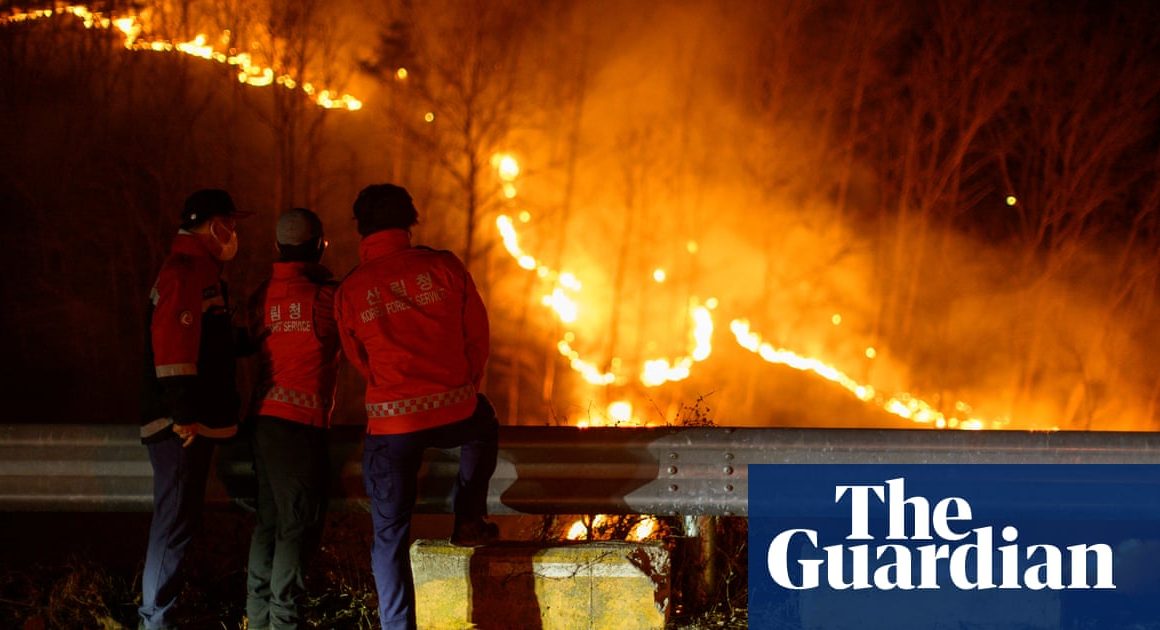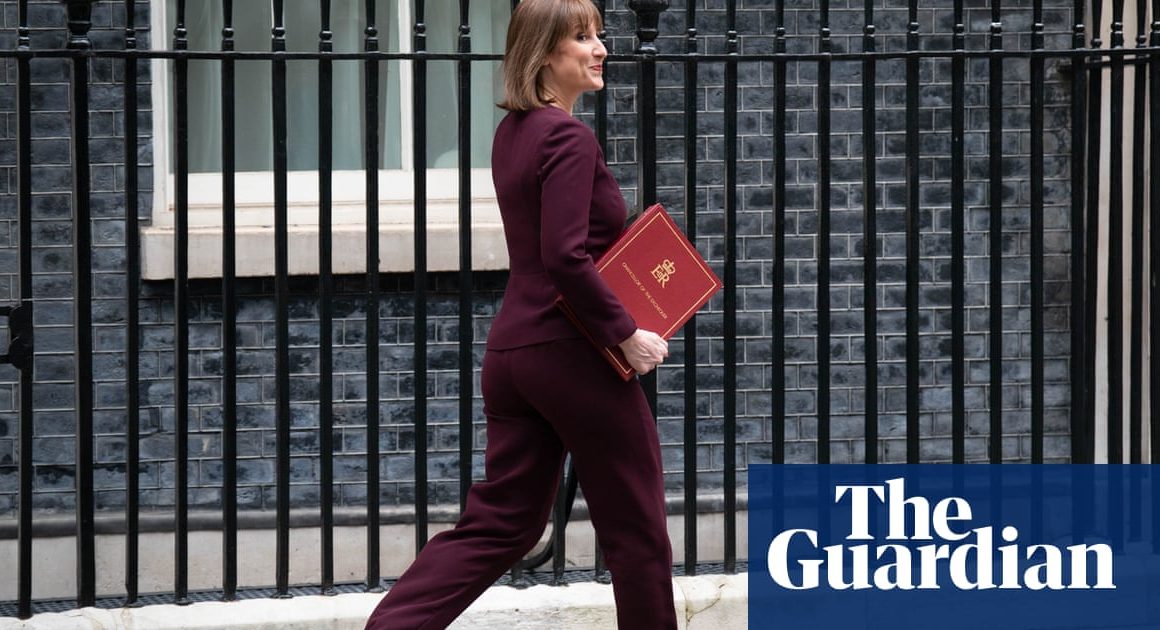Israel and Hamas have begun a long-awaited ceasefire in Gaza that started hours behind schedule amid growing concerns over the fragility of the deal to end 15 months of brutal war.
The truce came into force a day before the inauguration of the US president Donald Trump, who had demanded an end to the fighting in Gaza. Hamas was preparing to release three Israeli women held hostage – including the joint UK citizen Emily Damari – in exchange for the release of Palestinian prisoners held in Israeli jails.
Several hundred aid delivery trucks, including 20 carrying fuel, began arriving at the Israeli-controlled Kerem Shalom crossing before entry into the Gaza as part of an agreed humanitarian surge for the strip’s 2.3 million residents.
The halt to the violence, which has claimed almost 47,000 Palestinian lives, came almost three hours behind schedule after Israel said that Hamas had failed to release the names of the hostages it would be releasing on Sunday amid widespread distrust on both sides.
Hamas blamed the delay in handing over the names on “technical field reasons”, adding in a statement that it was committed to the ceasefire deal announced last week.
Israel continued to strike Gaza up until the ceasefire finally came into effect at 11.15am local time (9.15am GMT), when Hamas posted the names of the three hostages on its social media channels. The challenges facing the complex, phased agreement were starkly apparent.
The first three hostages to be released were named as Damari, 28, Romi Gonen, 24, and Doren Steinbrecher, 31, who were all abducted on 7 October 2023 during Hamas’s shock attack on southern Israel.
In Gaza, thousands of Palestinians burst into the streets as the ceasefire began.
“I feel like at last I found some water to drink after getting lost in the desert for 15 months. I feel alive again,” said Aya, a displaced woman from Gaza City, who has been sheltering in Deir al-Balah in central Gaza for more than a year.
Armed Hamas fighters drove through the southern city of Khan Younis, with crowds cheering and chanting.
The hostage-for-prisoner releases were scheduled to take place as the Israeli prime minister, Benjamin Netanyahu, faced increasing political headwinds over the deal. The far-right party led by Itamar Ben-Gvir quit his coalition in protest, and the finance minister, Bezalel Smotrich, was also threatening to bring down the government.
Ben-Gvir said cabinet ministers from his party submitted their resignations from the government on Sunday in opposition to the ceasefire.
The departure of the Jewish Power party, while weakening Netanyahu’s coalition, will not affect the ceasefire, whose terms would remain in force even if Netanyahu’s government collapses.
The 42-day first phase of the ceasefire should mean a total of 33 hostages returning from Gaza and hundreds of Palestinian prisoners and detainees released.
The deal also calls for Israeli forces to pull back into a buffer zone inside Gaza, and many displaced Palestinians should be able to return home.
Far more complicated, however, are likely to be negotiations for the second phase of the ceasefire, which are due to begin in just over two weeks. Major questions remain, including whether the war will resume after the six-week first phase and how the rest of the nearly 100 hostages in Gaza will be freed.
After Sunday’s hostage release, according to the lead US negotiator, Brett McGurk, the accord calls for four more female hostages to be freed after seven days, followed by the release of three further hostages every seven days thereafter.
The Hamas-run civil defence agency said eight people had been killed in the Israeli strikes on the Gaza Strip during the hours after the ceasefire was supposed to take effect.
Israeli forces had started withdrawing from areas in the Gazan city of Rafah to the Philadelphi corridor along the border between Egypt and Gaza, pro-Hamas media reported early on Sunday.
Israel’s military warned Gaza residents not to approach its troops or move around the Palestinian territory before the ceasefire deadline, adding when movement is allowed “a statement and instructions will be issued on safe transit methods”.
The three-stage ceasefire agreement followed months of on-off negotiations brokered by Egypt, Qatar and the United States, and came just before the inauguration of Donald Trump as president on Monday.
During the first phase the Israeli army will pull back from some of its positions in Gaza, and Palestinians displaced from areas in northern Gaza will be allowed to return.
The US president, Joe Biden’s team worked closely with Trump’s Middle East envoy, Steve Witkoff, to push the deal over the line.
As his inauguration approached, Trump had repeated his demand that a deal be done swiftly, warning repeatedly that there would be “hell to pay” if the hostages were not released.
But what will come next in Gaza remains unclear, in the absence of a comprehensive agreement on the postwar future of the territory, which will require billions of dollars and years of work to rebuild.
And although the stated aim of the ceasefire is to end the war entirely, it could easily unravel.
Hamas, which has controlled Gaza for almost two decades, has survived despite losing its top leadership and thousands of fighters.
Israel has vowed it will not allow Hamas to return to power and has cleared large stretches of ground inside Gaza, in a step widely seen as a move towards creating a buffer zone that will allow its troops to act freely against threats in the territory.
In Israel, the return of the hostages may ease some of the public anger against Netanyahu and his rightwing government over the 7 October security failure that led to the deadliest single day in the country’s history.












